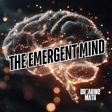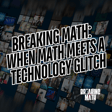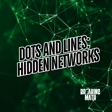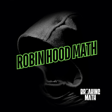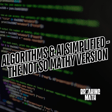
87. OpenAi SORA, Physics-Informed ML, and a.i. Fraud- Oh My!
OpenAI's Sora, a text-to-video model, has the ability to generate realistic and imaginative scenes based on text prompts. This conversation explores the capabilities, limitations, and safety concerns of Sora. It showcases various examples of videos generated by Sora, including pirate ships battling in a cup of coffee, woolly mammoths in a snowy meadow, and golden retriever puppies playing in the snow. The conversation also discusses the technical details of Sora, such as its use of diffusion and transformer models. Additionally, it highlights the potential risks of AI fraud and impersonation. The episode concludes with a look at the future of physics-informed modeling and a call to action for listeners to engage with Breaking Math content.
Takeaways
- OpenAI's Sora is a groundbreaking text-to-video model that can generate realistic and imaginative scenes based on text prompts.
- Sora has the potential to revolutionize various industries, including entertainment, advertising, and education.
- While Sora's capabilities are impressive, there are limitations and safety concerns, such as the potential for misuse and the need for robust verification methods.
- The conversation highlights the importance of understanding the ethical implications of AI and the need for ongoing research and development in the field.
Chapters
00:00 Introduction to OpenAI's Sora
04:22 Overview of Sora's Capabilities
07:08 Exploring Prompts and Generated Videos
12:20 Technical Details of Sora
16:33 Limitations and Safety Concerns
23:10 Examples of Glitches in Generated Videos
26:04 Impressive Videos Generated by Sora
29:09 AI Fraud and Impersonation
35:41 Future of Physics-Informed Modeling
36:25 Conclusion and Call to Action
Help Support The Podcast by clicking on the links below:
- Start YOUR podcast on ZenCastr!
Use my special link ZenCastr Discount to save 30% off your first month of any Zencastr paid plan - Visit our Patreon
Contact us at breakingmathpodcast@gmail.com
Summary
#OpenAiSora #




